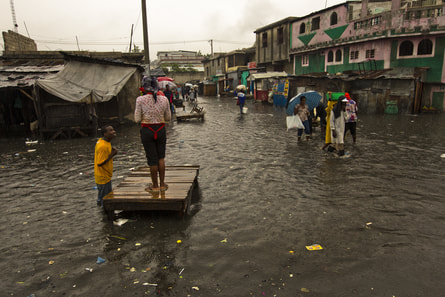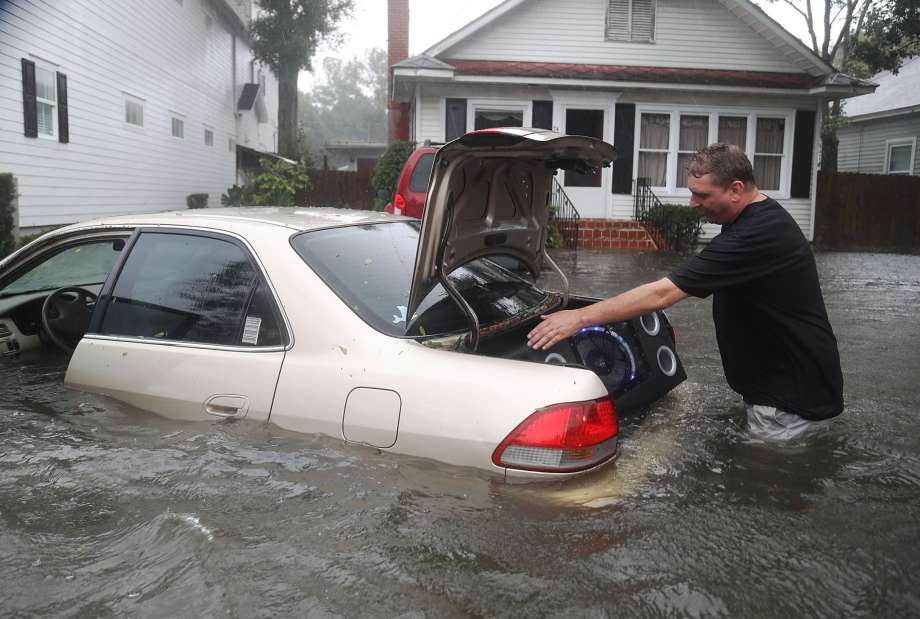-
MYP
- Home
-
IGCSE
- Course information
-
Physical: Hazardous environments
>
- Distribution of tectonic hazards
- Causes of tsunami
- Measuring earthquakes
- Earthquake case study 1: Haiti
- Earthquake case study 2: Christchurch
- Why do earthquakes do more damage in LICs than in HICs?
- How are volcanic eruptions measured?
- Tropical storms - distribution
- Causes of tropical cyclones
- Tropical cyclones - case study
- Why live in hazardous areas?
-
River Environments
>
- Hydrological cycle
- River basins
- Factors affecting river regimes
- Fluvial processes: erosion
- Fluvial processes: weathering and mass movement
- Fluvial processes: transportation and depositon
- River features and their formation
- How rivers change from source to mouth
- Uses of water
- Water pollution
- Water supply
-
IBDP
-
Changing population
>
- Global patterns of economic development
- Physical and human factors affecting global population distribution
- Case study 1: China
- Case study 2: Niger
- Demographic transition
- Megacity growth
- Forced migration and internal displacement
- Ageing populations
- Pro-natalist and anti-natalist policies
- Gender equality policies
- Trafficking policies
- The Demographic Dividend
-
Global climate vulnerability and resilience
>
- Atmospheric system
- The energy balance
- Changes in the energy balance
- The enhanced greenhouse effect
- Climate Change and the Hydrosphere, Atmosphere and Biosphere
- Impacts of climate change on people and places
- Disparities in exposure to climate change risk and vulnerability
- Government-led adaptation and mitigation strategies
- Civil society and corporate strategies
-
Global resource consumption and security
>
- Progress towards poverty reduction
- Measuring trends in global consumption
- Global patterns and trends in the availability and consumption of water
- Global patterns and trends in the availability and consumption of land/food
- Global patterns and trends in the availability and consumption of energy
- Water food and energy nexus
- Recycling and waste
- Malthus vs Boserup
- Resource Stewardship strategies
- Sustainable Development Goals
-
Freshwater - drainage basins
>
- The drainage basin as a system
- How rivers change from source to mouth
- River discharge
- River processes
- River landforms
- Factors affecting flood risk
- Attempts at flood prediction
- Flood mitigation
- Flood mitigation case studies
- Water scarcity
- Agricultural activities and water quality
- Pressures on lakes and aquifers
- Internationally shared water and conflict
- Water management: participation of local communities
- Dams as multi-purpose schemes
- Water management: Integrated Drainage Basin Management (IDBM)
- Managing wetlands
-
Leisure, Sport and Tourism
>
- Growth and purpose of leisure time
- Categories of tourism and sport
- Economic development and participation
- Factors affecting personal participation
- Factors affecting growth of tourism hotspots
- Spheres of influencee
- Factors affecting a national sports league
- Festivals
- Niche national tourism strategies
- Role of TNCs
- Tourism as a national development strategy
- International sporting events
- Consequences of unsustainable growth
- Sustainable tourism
- Future international tourism
- Political and cultural influences on sport
- Extended Essay in Geography >
- Skills/concepts >
-
Changing population
>
- Geography and ToK
- Theory of Knowledge
Specification
Primary and secondary impacts of one named tropical cyclone.
Primary and secondary impacts
|
Primary impacts or effects of a natural disaster are those things which have been caused directly by the physical event. For a tropical cyclone these will include direct damage due to high winds, flooding due to heavy rainfall and storm surges, people killed during the storm, destruction of buildings:
Secondary impacts or effects are those things which follow on from the primary impacts. They might include:
|
Case Study Research Project
Your task is to create a project on a single tropical cyclone. It can be a cyclone, typhoon or hurricane but it must have taken place within your lifetime. Your project can be electronic or hard copy and can be submitted in either format. It is an independent piece so you must submit your own, unique final piece but you are allowed to collaborate with others in conducting the research. While you can choose which storm you wish to study, it is worth considering those which are either mentioned below or in your textbook. If you wish to choose a different storm, check with your teacher.
The project must include the following:
You should include references and a bibliography.
The project must include the following:
- Cover and contents (your name, title and contents; it doesn't need to be decorative!)
- Introduction:
- What is a tropical cyclone?
- Why are they so dangerous?
- Where do they occur worldwide?
- What is meant by "Primary" and "Secondary" effects?
- The storm track - this will include a map which will show how the storm developed and the route it followed. It is likely to include the intensity of the storm and dates.
- Primary impacts - this will be much more than a list. The best work will be rich in data, will use maps to accurately show where the damage took place and will describe and explain the impacts in detail.
- Secondary impacts - as above.
- Management of the storm - what steps were taken to predict, prepare and plan for the event? Evaluate the success of these measures? How effective was the response after the event.
You should include references and a bibliography.
Possible sources
1. Hurricane Irma (September 2017, Caribbean, Florida)
|
|
|
2. Typhoon Haiyan (Philippines November 2013)
|
|
|
3. Hurricane Katrina (New Orleans, USA 2005)
|
| |||||||||||||
|
|
|

